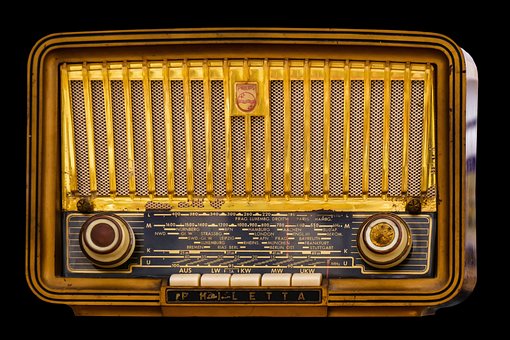Home
GOVERNMENT
Posted by Chester Morton / Saturday, 23 March 2019 / No comments
The definition and characteristics of mass media

THE DEFINITION AND CHARACTERISTICS OF MASS MEDIA
Definition of mass media
Mass media can be defined as the communication medium that can
be used to reach a greater portion of a nation or the world in an instant. In
short, any means by which the bulk of the people receive information is
regarded as a mass media. Note that any form of mass media reaches thousands,
millions and sometimes billions of people at one go. A few examples of a mass
media include, but are not limited to, newspapers, radio, television, the
internet and now SMS messaging.
Mass media is categorized into the print media, broadcast media
and the digital media. The print media refers to the newspapers, magazines
and journals. It may also include books and pamphlets that are widely
circulated. The broadcast media refers to the radio and finally, the digital
media comprises the internet and the mobile phone.
For the mass media to be identified as such; there are certain
distinguishing characteristics which it must or mostly conform to. Some of these
characteristics are discussed below.
THE CHARACTERISTICS OF A MASS MEDIA
It is a one-way communication
One major characteristic of mass media is that the traffic flows
in only one direction that is, from the material source to the consumers. The
audience listens or reads but cannot give responses instantaneously. This may
be so because the audience is far away from the source of the news. A media
house in London, the British Broadcasting Corporation, for example, could
broadcast to reach the entire globe. Canal France International same thing,
broadcasting from Paris. Today, however,
with technology, people may react to radio and television programmes through
text messages, emails, phone-in, Facebook or WhatsApp to mention just a few.
Reaches a large audience
Another characteristic of mass media is that it can reach a
large number of audiences at the same time. The inauguration of the 45th
president of the United States of America was broadcast to reach millions of
viewers. A boxing fight can also be beamed to reach millions of people all
around the world. Millions of people can tune into a radio pragramme. Mass
media, therefore, has a very large audience base.
Influences society
Mass media also influences the society in it operates or the
people who listen to it. They can help to shape the opinion of people on a
particular issue. In the Rwandan genocide, the radio was used extensively to
influence Hutus to kill the Tutsis and this was widely adhered to. On the other
hand, the audience can also influence the media houses. If the audience expresses
an opinion on an issue published or broadcast by a mass media house, it could
influence the way the media house may have thought about the issue previously.
 |
| Old tube radio |
Reaches varying types of people
Also, the mass media reaches a wide spectrum of audience. This
is so because people of different ages, religious persuasion, political
leanings, and professions tune into the station. The types of people, who
listen to a radio programme, watch a television show or read a newspaper publication
cannot be pre-determined by the media house. On the internet, however, children
can be prevented from visiting certain adult sites. This may be the exception.
Scattered audience
The target group of a media house are scattered all over the
world. In other words, they do not live in the same community. A listener in
Kaduna can tune into a programme that is being broadcast from Lagos. The
audiences are distributed along a wide geographical area. A television station
in Freetown is able to broadcast to entire Sierra Leone.
SAMPLE QUESTION(S)
1. a. What is the mass media?
b. Highlight six
characteristics of mass media.
ALSO READ:
The importance of mass media
The disadvantages of mass media
<<Back to Home Page
Go to other topics in government>>
Go to the list of other subjects>>
Related Posts
